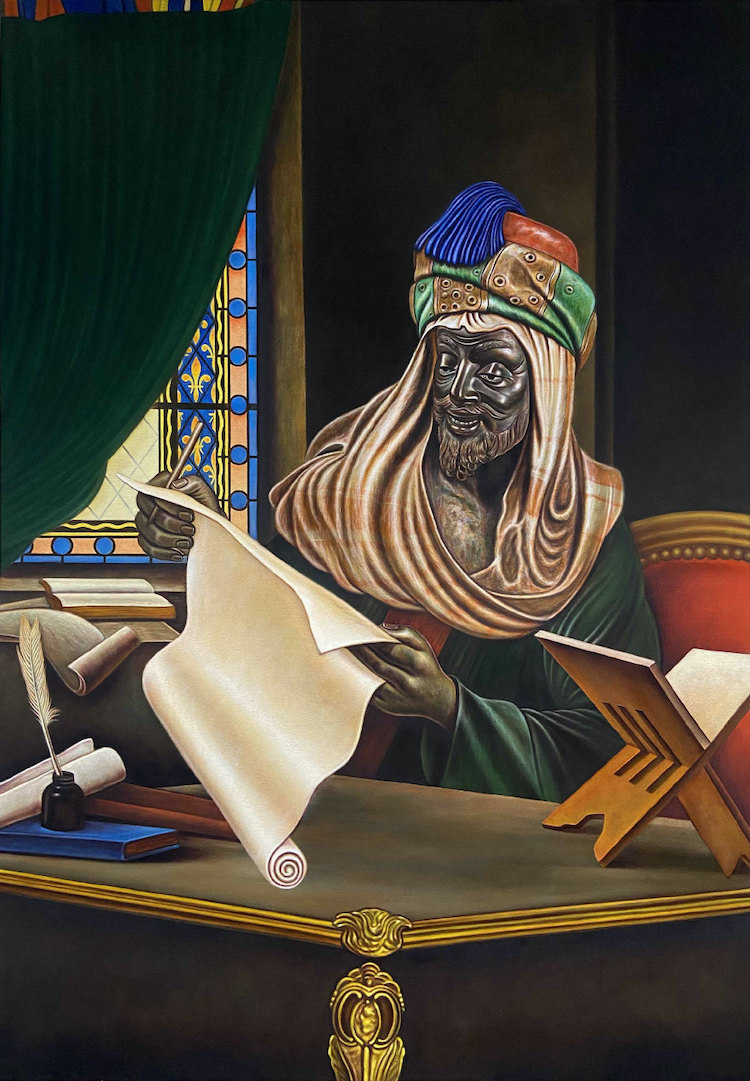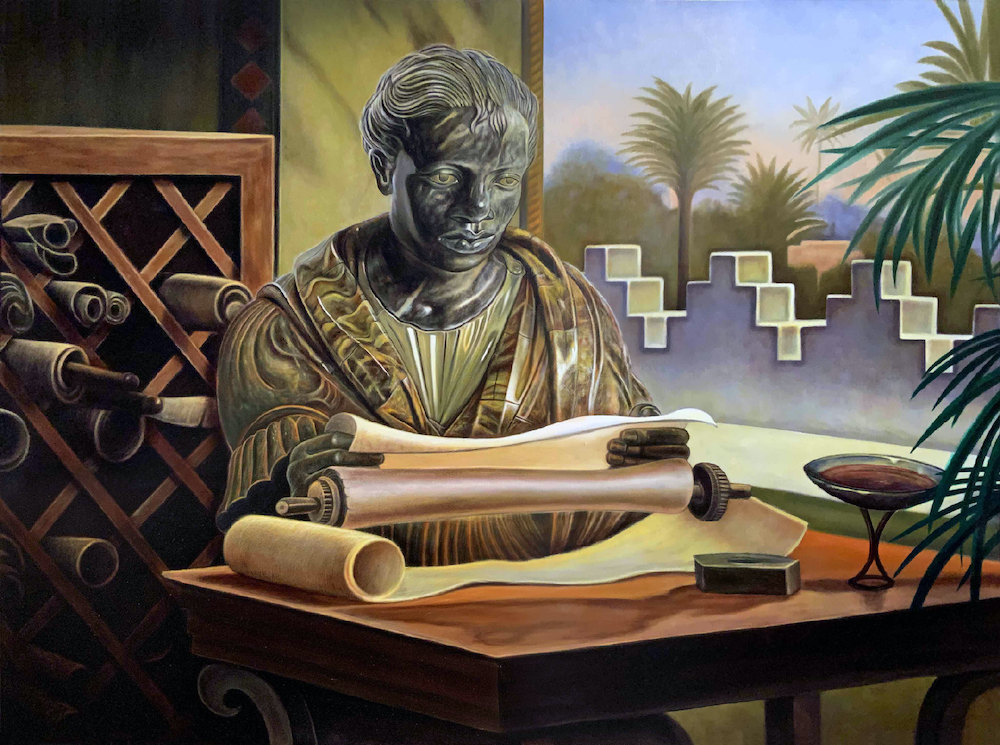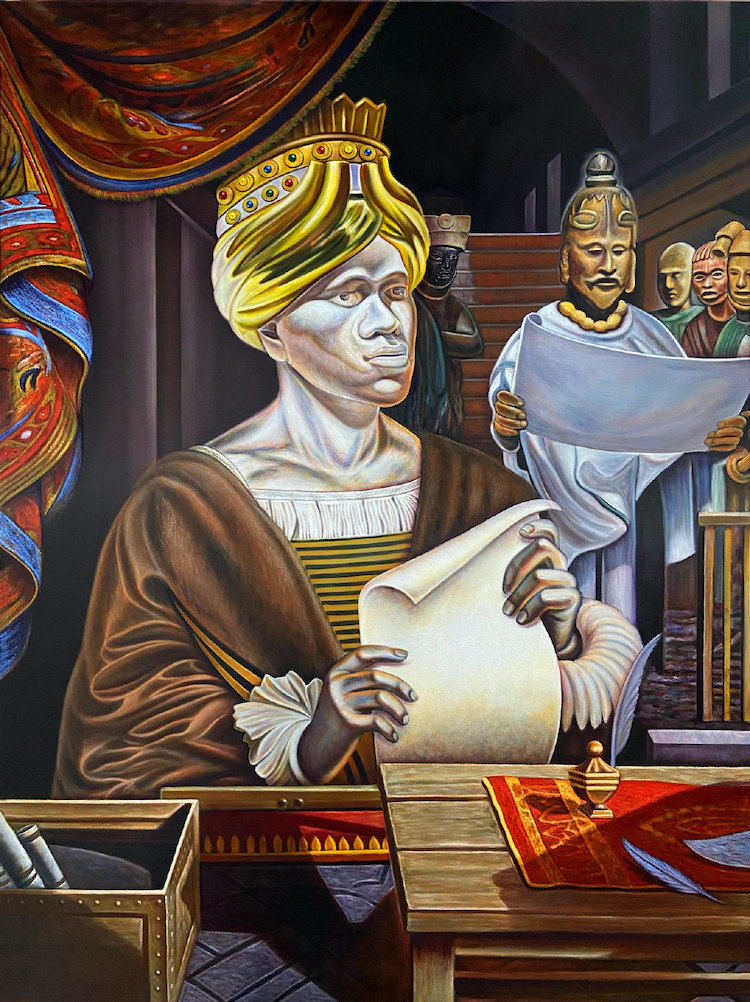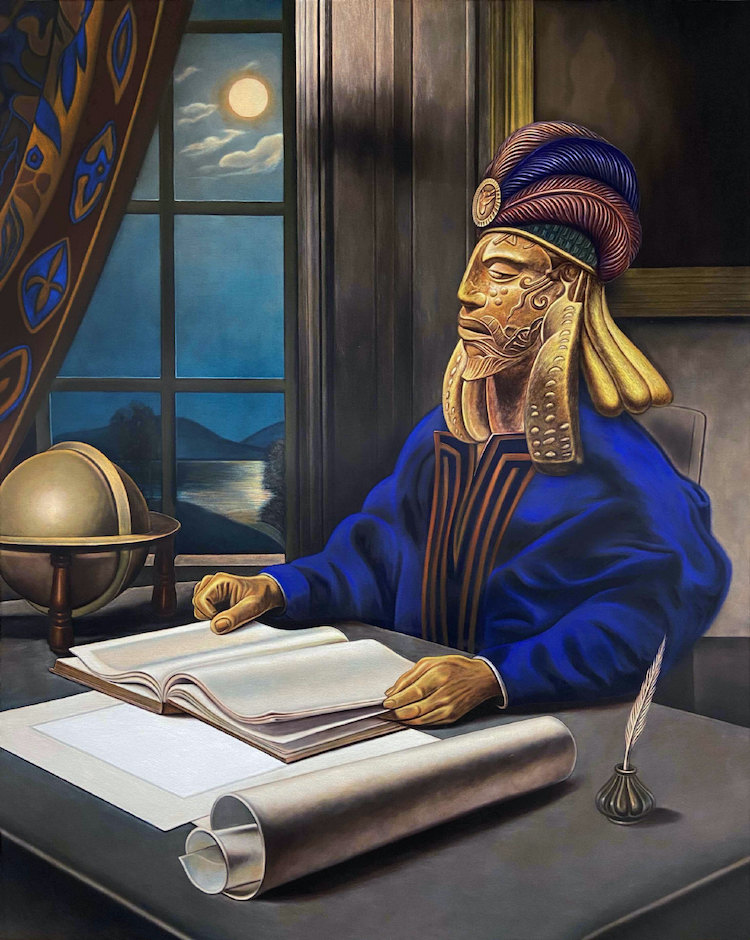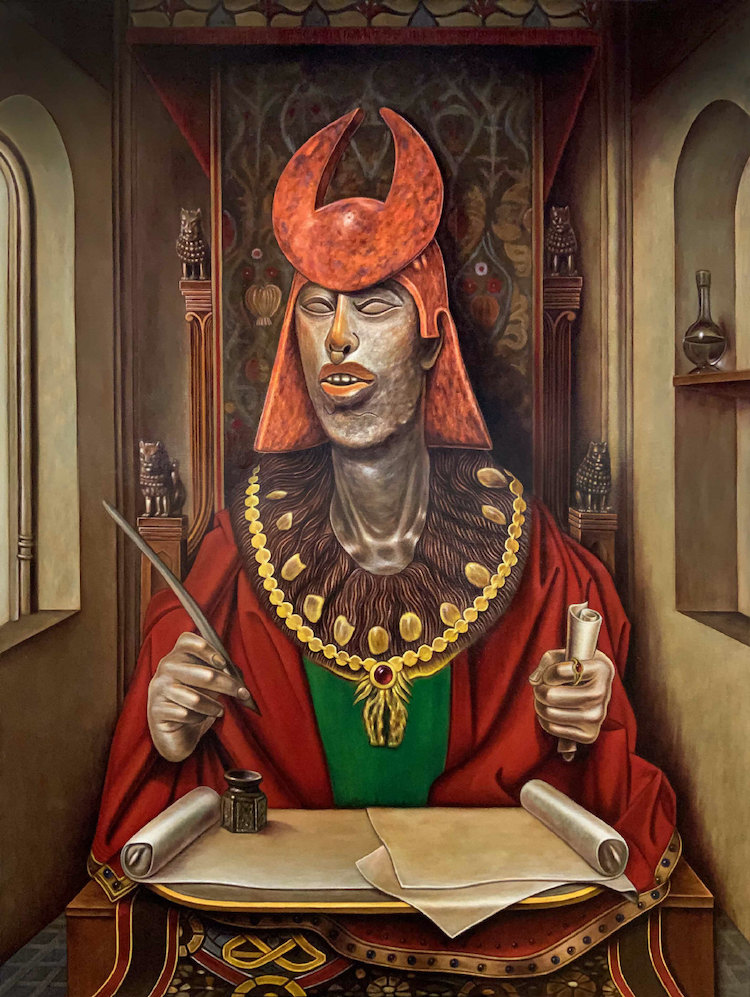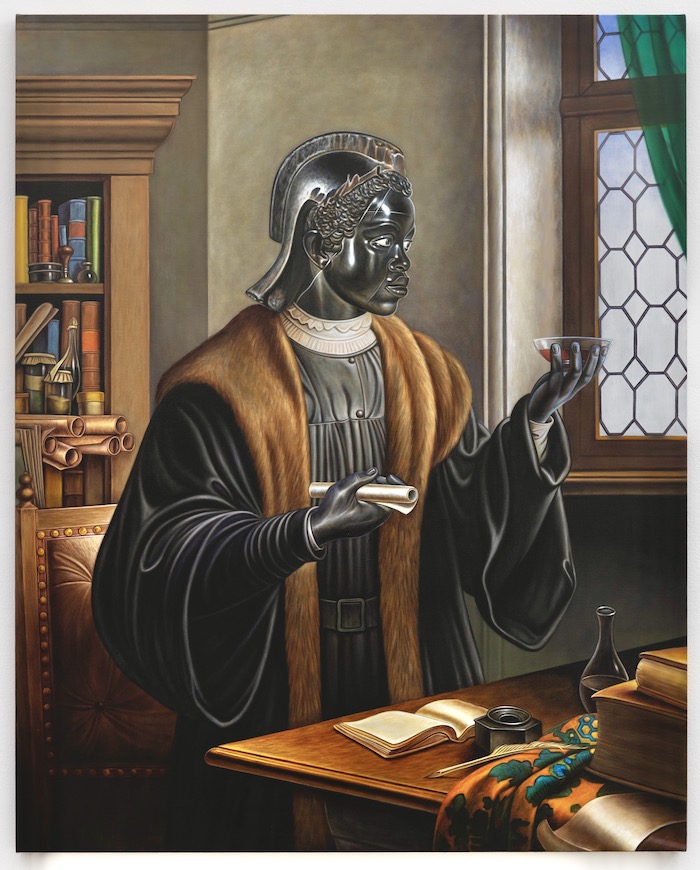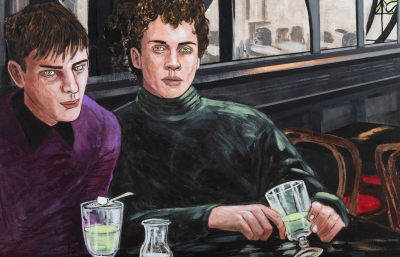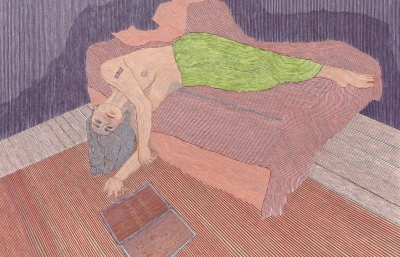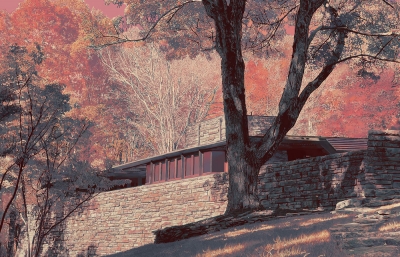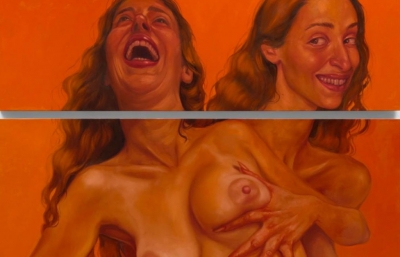That Kajahl was looking at a painting from 1573 as we conducted this interview says a lot about his process and the history is looking into. He speaks of the art canon, the A-sides of art history as you will, but he is digging deep into the B-sides, the forgotten parts of the canon that are just as illustrious as the paintings we see in books throughout the centuries. On the occassion of his solo show, Tabula Rasa, on view now at Richard Heller Gallery, we spoke the Santa Cruz artist about time, artifacts and assemblages.
Evan Pricco: I want to talk about the pieces that you collect that go along with your paintings. The sculptures and objects. Where do you find those? Are they reference pieces from museums that you go to?
Kajahl: I’ve been fortunate in my ability to travel. Of course, artists have done this for centuries, learning and discovering, informing their interests. A formative experience for me was spending several days at the Warburg Institute in London, poring through their massive photography archives. The Museo de Antropología de Xalapa, in Mexico, is where I encountered Olmec culture, dating back 3,000 years. At last year’s Making Marvels show at the Met, it was terrific to see the posh objects European royalty collected.
When you find an object, like a ceramic Mayan mask, and bring it into one of your paintings, what does the research look like? What are you applying around the object?
It starts with my response to the object itself. An artwork or artifact, no matter when it was made, can strike me as fresh and surprising. Once that happens, I go into research mode and try to learn everything I can about it – its cultural context, etc. –some of which can be done online, but you have to get into books for more authoritative scholarship.
What attracts you to one of these artifacts?
I’m interested in how Black people have been visualized throughout world history, but I’m also interested in how pre-colonial or even pre-historical artifacts get rendered and assembled for our current age. But as I mentioned, the initial attraction is being hit by surprise, even if it’s simply seeing how impressive a work is in person, as opposed to a picture of it. People come to art for some sort of transformative encounter. It doesn’t have to be earth shattering but there’s a “turn” in your subjective experience. For me the thrill occurs when the artifact begins to confront my previous convictions.
You aren't talking about alternate histories, you are speaking about history in a more honest, real way. Is that where the title of the show, Tabula Rasa, came from? This idea of reteaching history?
I am using artifacts from real history and describe my work as being based on a true story. However, once a work has gone through transformation, the narrative diverges into a fiction. I see art history having a “B side.” We know the A side. The A side is the canon. I’d include straightforward political critiques of the canon there too, because critique is itself part of how canonization works.
What I like to think about are “assemblages” and the process of visual narration. We create narratives to connect ourselves to the past, or it to us. With the Tabula Rasa exhibition, I hope to lure viewers into an experience of seeing that happening. Stories embedded in these objects I am pulling together within a painting, a scene, create new ones, from blank slate. 
I went to school in Santa Cruz for university, and I too grew up in the Bay Area. I found it interesting that you had these anchors in SC,SF and then studies in Italy and NY. There is a lot of absorption to be taken from all these places. Where is home for you? What do you think identifies with you the most?
Small world! I spent the fist half of my life in Santa Cruz and the second half in the places you mentioned. I recenty shifted my base back to Santa Cruz. There is this moment of feeling like I’ve come full circle. Like all that time away was a dream, did I really do all that?! There’s that part of me that’s always been and then there’s what’s changed due to the influences.
Each place offers something different and I connect with that, maybe on a meta level because my ancestry being Mediterranean and Afro Caribbean/Central Amercan. It’s about finding balance, short stints in big cities and retreating back here when its time to paint.
What did you learn when making this show that you didn't know before and set you off into a new direction?
I think it will take time before I’ll know what I learned in making this show. Of course, there are moments in the act of making where you connect ideas or rethink a particular image. But as far as taking inventory in some reflective way, that will have to come later.
What are you looking at right now?
I am fascinated by Veronese’s painting Feast in the House of Levi (1573). It was supposed to be a Last Supper painting but the artist ran into trouble with the Inquisition for depictions the Church thought were too irreverent. It’s a beautifully chaotic painting.
Kajahl: Tabula Rasa is on view at Richard Heller Gallery in Santa Monica through November 13, 2021.

